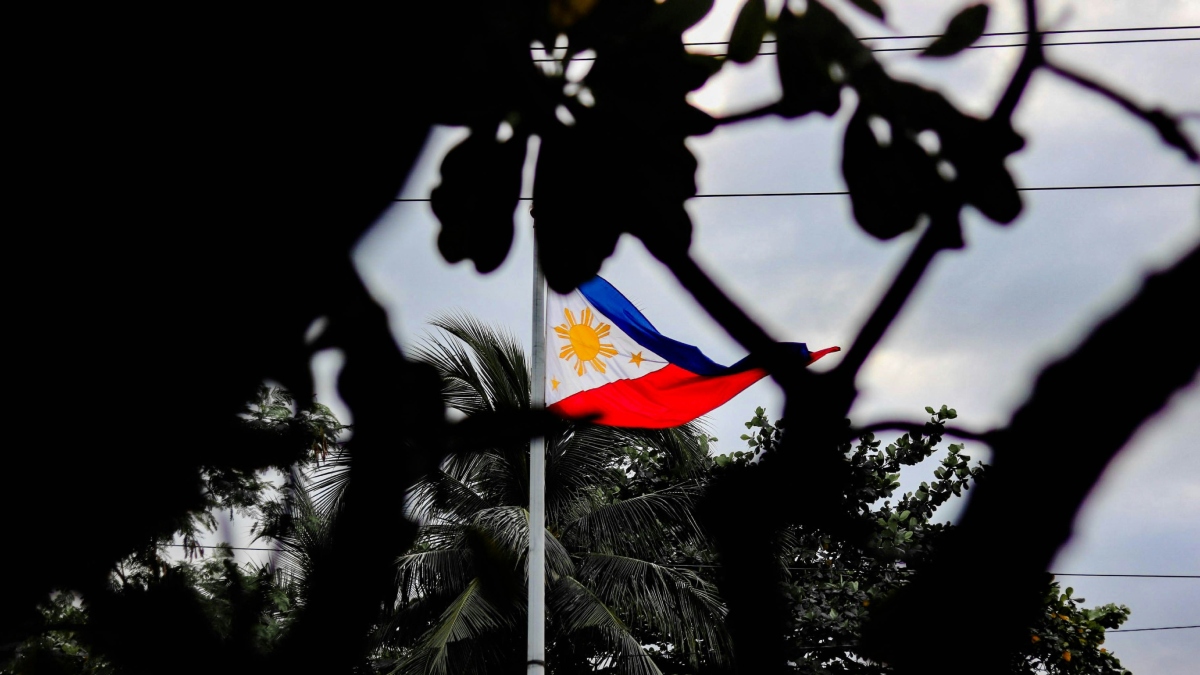The Philippines’ external debt reached a record high of $139.64 billion in the third quarter of 2024, according to the Bangko Sentral ng Pilipinas (BSP). This surge pushed the country’s debt service burden to $14.48 billion from January to October, a 19.8% increase compared to $12.08 billion in the same period last year.
The debt service burden, which includes principal and interest payments, rose as principal payments surged by 23.6% to $7.85 billion, while interest payments increased by 15.7% to $6.63 billion. The BSP noted that the higher debt levels were fueled by increased borrowings by the national government and the private sector.
Public sector debt accounted for 62.2% of the total, climbing by 8.8% to $86.88 billion in the third quarter. Nearly 92.2% of public sector debt was attributed to the national government, while the rest came from government-owned corporations, financial institutions, and the central bank. Meanwhile, private sector borrowings rose by 4.8% to $52.76 billion during the same period.
The government relies heavily on loans from domestic and international creditors to bridge budget deficits as expenditures outpace revenue collections.






